Mechanisms of CD40-dependent cDC1 licensing beyond costimulation
- PMID: 36271147
- PMCID: PMC9896965
- DOI: 10.1038/s41590-022-01324-w
Mechanisms of CD40-dependent cDC1 licensing beyond costimulation
Abstract
CD40 signaling in classical type 1 dendritic cells (cDC1s) is required for CD8 T cell-mediated tumor rejection, but the underlying mechanisms are incompletely understood. Here, we identified CD40-induced genes in cDC1s, including Cd70, Tnfsf9, Ptgs2 and Bcl2l1, and examined their contributions to anti-tumor immunity. cDC1-specific inactivation of CD70 and COX-2, and global CD27 inactivation, only partially impaired tumor rejection or tumor-specific CD8 T cell expansion. Loss of 4-1BB, alone or in Cd27-/- mice, did not further impair anti-tumor immunity. However, cDC1-specific CD40 inactivation reduced cDC1 mitochondrial transmembrane potential and increased caspase activation in tumor-draining lymph nodes, reducing migratory cDC1 numbers in vivo. Similar impairments occurred during in vitro antigen presentation by Cd40-/- cDC1s to CD8+ T cells, which were reversed by re-expression of Bcl2l1. Thus, CD40 signaling in cDC1s not only induces costimulatory ligands for CD8+ T cells but also induces Bcl2l1 that sustains cDC1 survival during priming of anti-tumor responses.
© 2022. The Author(s), under exclusive licence to Springer Nature America, Inc.
Figures
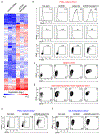
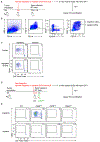

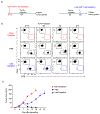
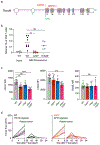
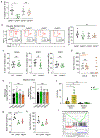
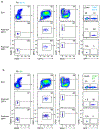

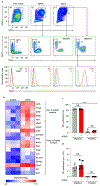
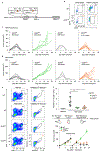

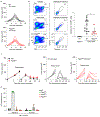

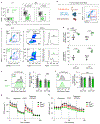
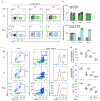

Comment in
-
Unappreciated complexity in T cell help for dendritic cells.Nat Immunol. 2022 Nov;23(11):1515-1516. doi: 10.1038/s41590-022-01335-7. Nat Immunol. 2022. PMID: 36271150 No abstract available.
References
-
- Armitage RJ et al. Molecular and biological characterization of a murine ligand for CD40. Nature 357, 80–82 (1992). - PubMed
Publication types
MeSH terms
Substances
Grants and funding
LinkOut - more resources
Full Text Sources
Medical
Molecular Biology Databases
Research Materials

